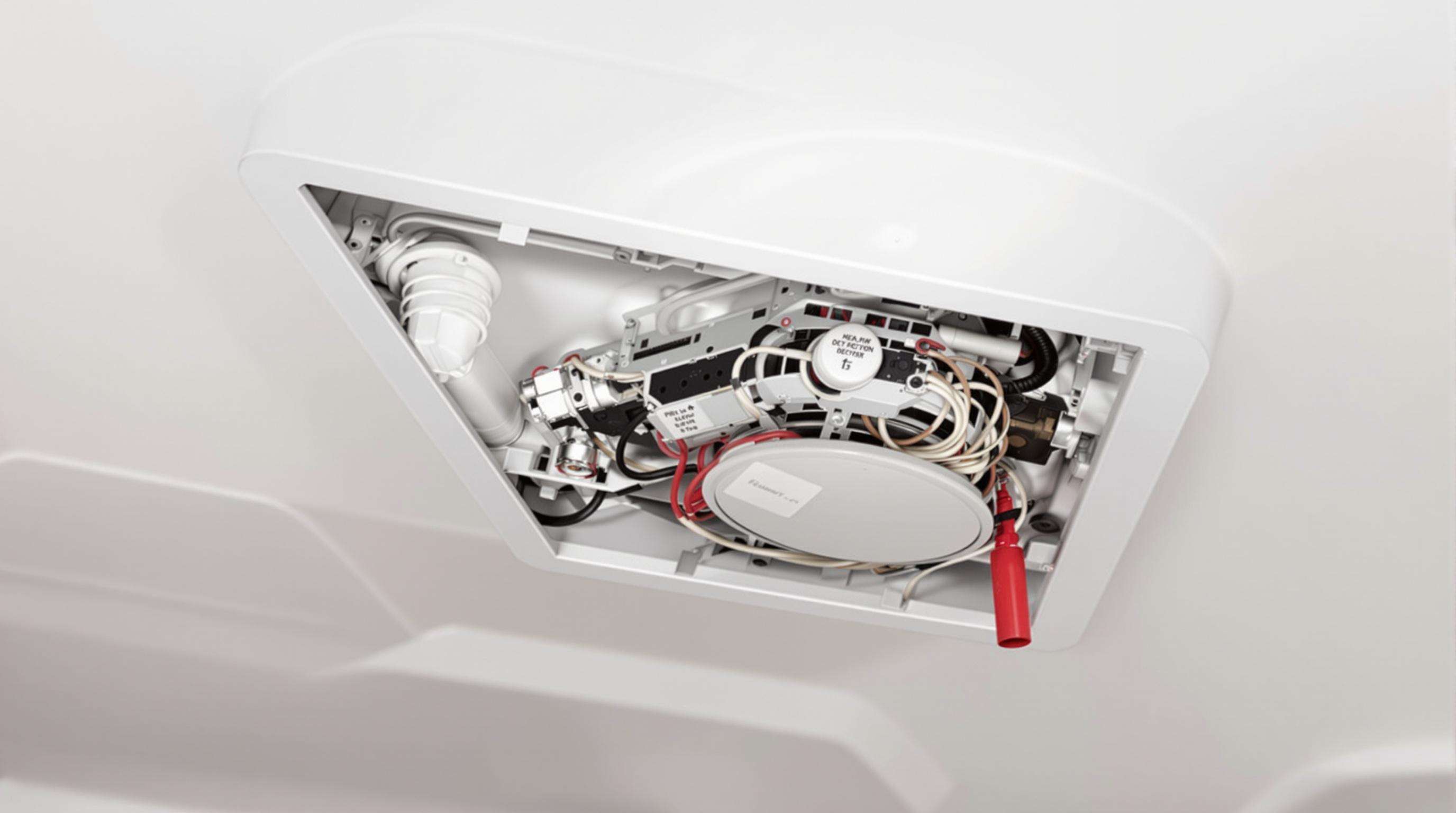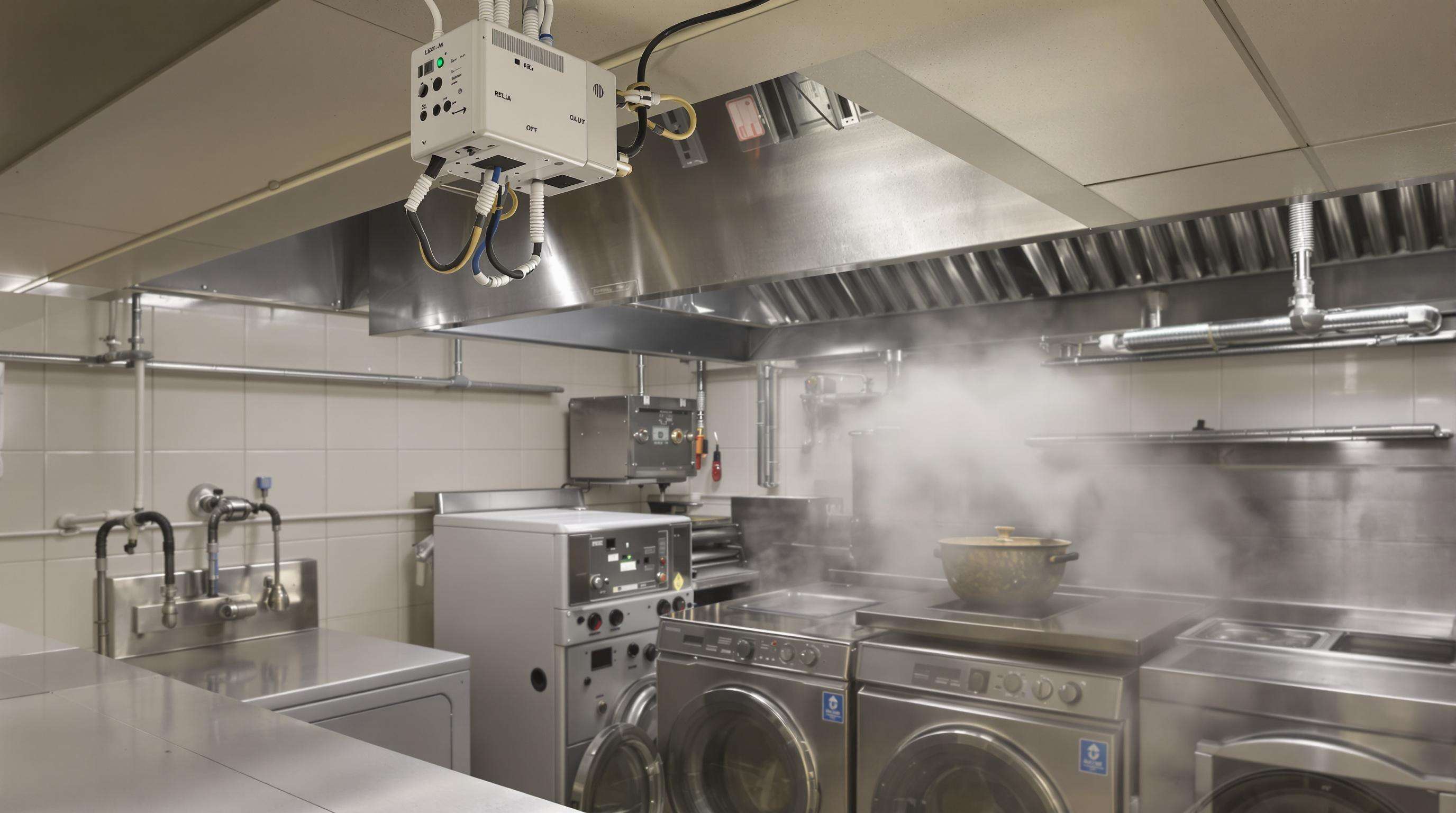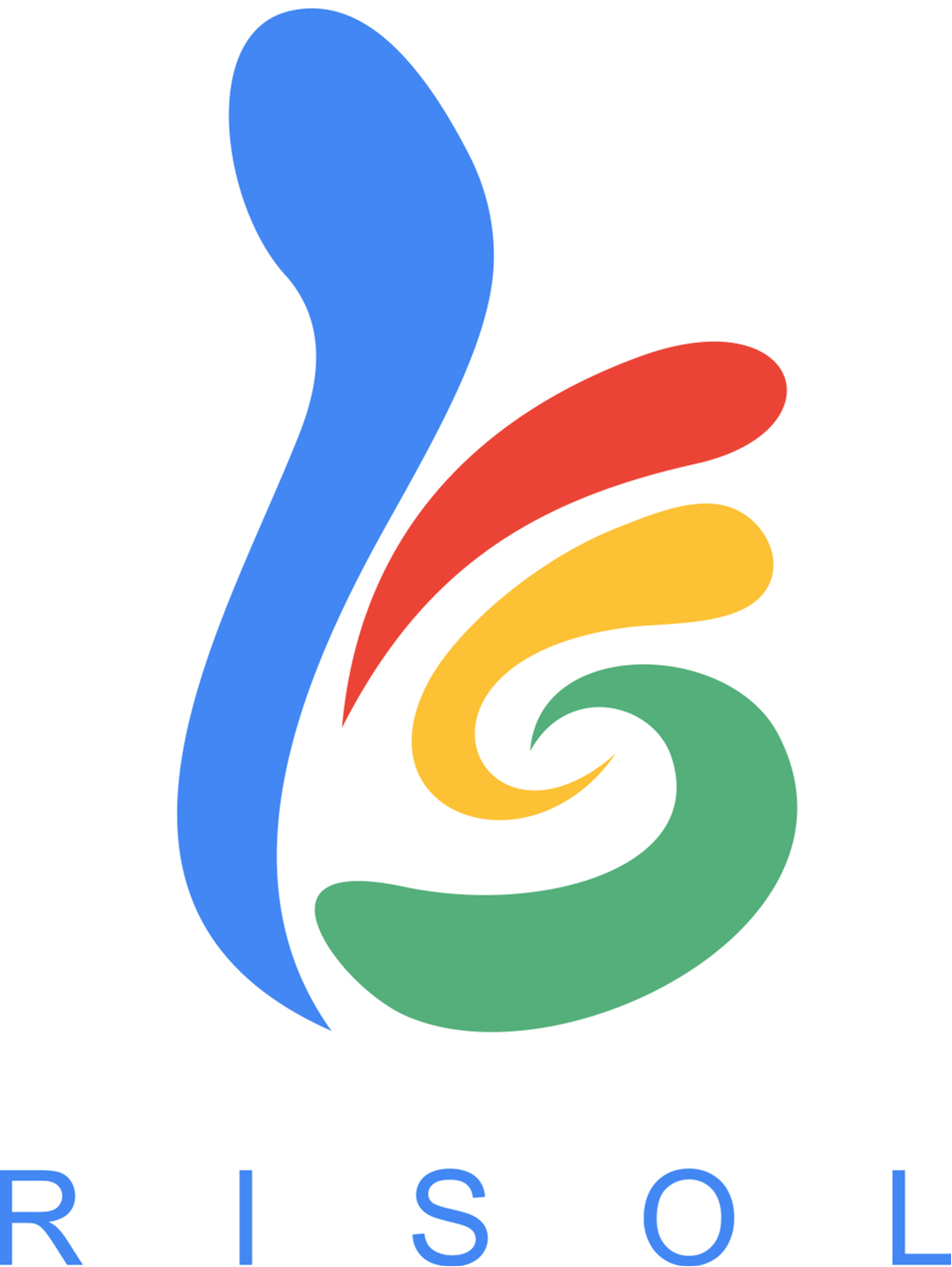The fire hazards of hotels include 24-hour cooking, the storage of laundry chemicals, tightly woven electric wires, and upholstered furniture which can accelerate the fire. The National Fire Protection Association (NFPA) also found that 43% of hotel fires begin in the kitchen (NFPA 2023). These dangers are mitigated by the relay output systems because they incorporate heat and smoke analysis for better detection.
Conventional alarms struggle with hotel architecture—high ceilings delay smoke accumulation, non-specific alerts cause guest complacency, and steam from bathrooms often triggers false alarms. A UL Solutions study found traditional systems activate 78% slower in high-rise hotel stairwells compared to relay-equipped alternatives (UL Solutions 2024).
Smoke-dependent systems fail during smoldering phases where temperatures rise before visible smoke forms. Relay output devices close this gap by triggering at precise heat thresholds (135°F–194°F), providing up to 27 minutes’ earlier warning—a decisive advantage given the 72-second average evacuation window in hotel fires (Fire Protection Research Foundation 2023).
Modern building codes mandate relay integration for automated emergency responses like elevator recall and HVAC shutdown—functions impossible with standalone smoke detectors. Hotels using relay systems report 67% lower fire damage costs due to faster suppression activation (Insurance Information Institute 2024). For high-occupancy venues, this technology is an operational imperative.

Contemporary relay output heat detectors are designed with a 4-wire circuit that decouples power and signaling. Two wires carry permanent power (9–28 VDC), the other two carry alarm signals to the central fire panel. This redundancy means it works perfectly with power fluctuations—a necessity in a hotel where power loads can change as you move from the third floor to the 33rd.
Advanced detectors combine photoelectric sensors with fixed-temperature triggers (typically 135°F/57°C) and rate-of-rise detection (15°F–20°F per minute). Dual-threshold logic minimizes false alarms from non-fire heat sources like saunas or HVAC systems. Industry studies show properly calibrated relay detectors reduce false activations by 67% compared to standalone smoke alarms (NFPA 2023).
When thresholds are breached, relay contacts close within 3–5 seconds, initiating cascading safety protocols:
A 40-story Dubai hotel retrofit with relay output systems reduced emergency response times from 8.2 to 3.7 minutes (2023 post-installation audit). Integration with stairwell pressurization systems and voice evacuation alarms allowed full building clearance 53% faster than traditional alarm configurations.
Relay output modules Relay output modules serve as a communication gateway between heat detectors and a hotel’s central fire alarm panel. This integration also allows for status to be updated in real time and triggers of activations for your emergency systems (Elevator Recall, HVAC Shutdowns, etc.). Safe-value voltage level in 4-wire settings prevent spurious triggers, allowing to preserve system operation under partial failures.
Upon detecting critical heat levels, relay outputs execute predefined safety protocols without human intervention. Circuits directly route power to smoke evacuation fans, magnetic door releases, and fire suppression valves, bypassing potential communication delays in wireless systems. Hotels leverage this automation to reduce evacuation chaos by 37% (NFPA 2023).

Commercial kitchens and laundry facilities account for 22% of hotel fire incidents (NFPA 2023). Relay output systems monitor thermal spikes in exhaust hoods and dryer vents, triggering immediate shutdowns and activating suppression valves before flames reach ignition temperatures.
High-traffic areas housing 300+ occupants demand synchronized relay activation for ADA-compliant strobes, exit door releases, and overhead voice evacuation. Modern systems use relay circuits to override escalators and disable elevators within 3 seconds of smoke detection.
Electrical fires from HVAC units or generators often start as smoldering cable insulation. Relay-integrated heat sensors enforce 15-minute equipment cooldown cycles when temperatures exceed 165°F (74°C), while pressure switches disconnect faulty compressors.
Smoke-filled hallways delay evacuation by 67% compared to clear routes (Underwriters Laboratories 2022). Relay-controlled smoke dampers compartmentalize corridors every 40 feet, while electromagnetic door holders maintain stairwell integrity.
Updated NFPA 72 fire code provisions (2023 edition) mandate sub-60-second alarm verification and direct system integration for commercial lodgings. Thirty-eight states have adopted the 2024 International Building Code’s requirements for relay-driven HVAC shutdowns in kitchens.
Installing relay-compatible detection systems costs $2,500–$4,800 per floor (industry estimates 2024), but hotels achieve 18-month ROI through reduced equipment damage and insurance premium discounts averaging 12–15% (FM Global 2023). Modular relay configurations allow phased upgrades, prioritizing high-risk zones first.
Effective relay output deployment strategies form the backbone of modern hotel fire safety systems, requiring meticulous planning across installation, upkeep, and staff preparedness.
Position heat detectors within 15 feet of high-risk ignition sources like commercial kitchen hoods and laundry equipment. Ensure overlapping coverage zones in guest corridors to maintain detection continuity during partial system failures.
Conduct biannual relay contact resistance tests using calibrated multimeters, with any reading over 0.5 ohms triggering immediate maintenance. Quarterly visual inspections should verify tamper-proof seals on all critical circuit junctions.
Quarterly drills should simulate relay-triggered scenarios like elevator recall and HVAC shutdown sequences. Frontline teams require hands-on practice interpreting control panel alerts.
Select relay interfaces compatible with open-protocol communication standards like BACnet or KNX. Modular components allow hotels to incrementally upgrade notification circuits without replacing entire detection networks.
Relay output is crucial as it automates emergency responses like HVAC shutdowns and elevator recalls, reducing fire damage by allowing faster suppression activation.
They trigger at precise heat thresholds, providing warnings up to 27 minutes earlier than traditional smoke alarms, which is critical for timely evacuations.
Installation can cost between $2,500 and $4,800 per floor, but the ROI is typically achieved in 18 months through reduced damage and insurance discounts.

Copyright © 2024 RISOL TECH LTD All Rights Reserved Privacy policy